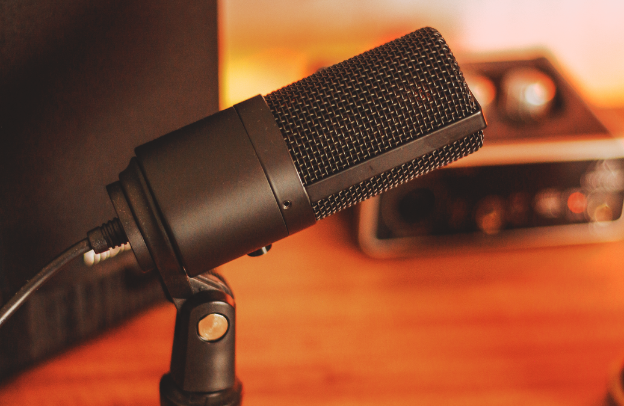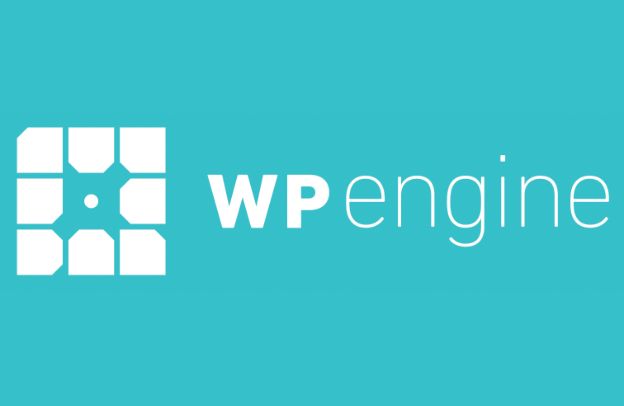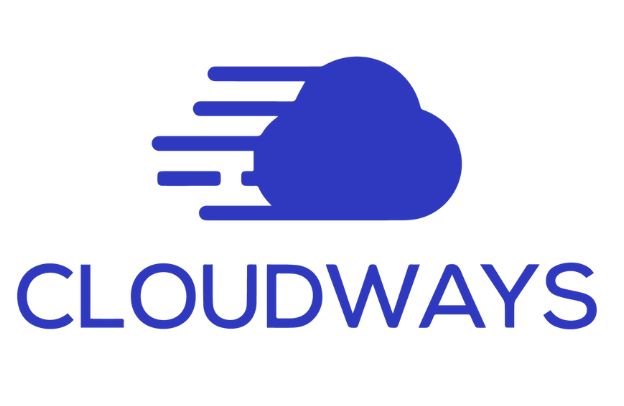Leveraging Analytics and Feedback to Improve Your Podcast

Ready to take your podcast to the next level? Harnessing the power of analytics and feedback is the key to unlocking growth and ensuring your content truly resonates with your audience. By using data-driven insights, you can refine your approach, make informed decisions, and consistently deliver episodes that engage and inspire. These tools aren’t just helpful—they’re essential for continuous improvement, helping you create a podcast that stands out and builds a loyal following. Let’s dive in and explore how you can leverage analytics and feedback to elevate your podcast!
Want to learn more about storytelling? Start by downloading the first chapter of The Storytelling Mastery.
By the end of this lesson, you will understand how to use analytics and feedback to fine-tune your content, attract more listeners, and create an even stronger connection with your audience.
Understanding Key Podcast Analytics
The truth is that your podcast’s performance can be tracked using key metrics that show you what’s working and what needs improvement. Understanding and interpreting these numbers will help you make adjustments and improve your overall podcasting strategy.
Downloads and Listens:
Downloads and listens are basic metrics, but they provide important insight into your podcast’s reach. Downloads represent how many people have downloaded your episode, while listens track how many times it has been played.
Why does it matter? Well, consider downloads and listens are a good indicator of overall interest. If you notice a drop in downloads or listens over time, it might be a sign that your content needs to be refreshed or better promoted.
Audience Demographics
Most podcast hosting platforms (like Libsyn, Podbean, or Anchor) offer insights into your audience’s demographics, including location, age, gender, and device usage. This helps you determine whether you’re reaching your intended target audience.
See also The Pros And Cons Of Free Podcast Hosting Services
Why this is important is that it helps you understand who your listeners are, and it ensures that your content is speaking directly to the right people. If your target audience is creative entrepreneurs but your analytics show mostly unrelated demographics, you may need to reconsider your content or marketing strategies. Do not underestimate this.
Episode Completion Rates
This metric shows how much of your episode listeners are consuming before they stop. If listeners aren’t finishing your episodes, it could be due to overly long content, unengaging material, or poor structure.
It’s important to take this metric seriously because high episode completion rates indicate that your content is engaging and relevant to your target audience. Meanwhile, low completion rates mean that listeners are tuning out early, which is a red flag.
What are some actionable steps? Well, check your podcast analytics for your latest episodes and track trends in downloads, listens, demographics, and completion rates. Identify patterns in episodes that perform well versus those that don’t.
Gathering and Implementing Listener Feedback
While analytics give you quantitative data, feedback from your audience offers qualitative insights. Listener feedback allows you to understand your audience’s preferences, pain points, and suggestions, helping you create content that better resonates with them. For the best result, consider the following:
Ask for Reviews and Ratings:
Encourage your listeners to leave reviews and ratings on platforms like Apple Podcasts and Spotify. Positive reviews will help build your credibility, while constructive feedback can help you improve.
Here is one way to get more review for your podcast episode: At the end of each episode, remind your listeners to leave a review and explain how it helps you create better content for them. For example: “If you enjoyed today’s episode, please leave a review on Apple Podcasts. Your feedback helps me bring you the most valuable content possible.
Conduct Audience Surveys
Surveys are a great way to gather more detailed insights into what your listeners like and dislike about your podcast. You can ask about their favorite topics, what challenges they face, or how you could improve the show.
You can do this by offering an incentive, like a free resource or entry into a giveaway, to encourage survey participation. As for the possible questions to ask in your podcast survey, consider the following:
- What was your favorite episode and why?
- What topics would you like to hear more about?
- What could I do to improve your podcast listening experience?
Almost as a rule, I do this with nearly all my guests for each episode of the Obehi Podcast and it turns out to be very helpful in improvising the podcast.
To see what the guests are saying, both about the podcast and my style of interview, you can visit our testimonial page at Obehi Podcast Testimonials.
Engage in Social Media and Community Conversations
Social media platforms and dedicated community groups provide a space for ongoing dialogue with your audience. Pay attention to comments and questions that come up frequently, as these can give you insights into what your listeners want to learn more about or areas where they feel confused.
For example: If multiple listeners ask you to expand on a topic you discussed in an episode, consider creating a follow-up episode that delves deeper into that subject.
Now, here is how you might approach that. Create a survey or poll and distribute it to your listeners via email or social media. Use feedback to identify common suggestions and incorporate them into your future episodes.
Using Analytics and Feedback to Improve Your Content
Now that you have both quantitative (analytics) and qualitative (feedback) insights, it’s time to combine them to create more focused, engaging, and valuable content for your audience. Consider the following three ways you can use analytics and feedback to improve your content.
Refine Your Episode Topics
Analytics and feedback can help you determine which topics are resonating with your audience. Focus on creating more episodes that dive into the subjects your listeners enjoy and find useful.
For instance, if your highest-performing episodes revolve around “creative business strategies,” consider producing a mini-series that explores different aspects of this topic in-depth.
Adjust Episode Length and Frequency
Before we were talking about the episode completion rate. Now, let’s retouch that for a moment. If your episode completion rates show that listeners are dropping off after 20 minutes, it might be worth experimenting with shorter episodes.
Similarly, if you receive feedback requesting more frequent content, you might consider increasing your posting schedule.
All these are important because the content you create is not for you but for your audience. So, it’s fundamental that you listen to that audience and adjust your content accordingly.
Now here is what you can do: Test different episode lengths or formats, like short Q&A episodes, and mini tutorials to see what keeps your audience more engaged. I repeat, it’s about the audience, not you and that leads us to optimization.
Optimize Your Content Structure
Pay attention to whether certain sections of your podcast (like the introduction or guest interviews) lead to a drop in completion rates. This could signal that your structure needs adjusting.
See also How to Repurpose Podcast Content to Maximize Visibility for Your Creative Business
For example, if analytics show a sharp drop-off after the first 5 minutes, you may need to rework your opening to capture attention more effectively. Start with a hook that immediately grabs your listener’s interest, such as an intriguing question or teaser about what’s coming up in the episode.
What are the practical actions to take? Well, choose one area of improvement based on your analytics and feedback and implement a small change in your next episode. Track the results to see how your audience responds.
Iterating and Scaling for Growth
Always remember this. Your podcast isn’t static, it should evolve as you and your audience grow. Use analytics and feedback as an ongoing tool to refine your content, attract more listeners, and ultimately scale your podcast to new heights. Let’s learn more about it, paying attention to some fundamentals as follows:
Experiment with New Formats and Ideas
If your analytics show stagnation, it may be time to refresh your content format. Experiment with new types of episodes (e.g., live Q&As, collaborations with other podcasters, or themed series) to keep things fresh and interesting for your listeners.
How you can know that is by tracking and measuring your progress over time. The saying has it that you cannot improve what you cannot measure.
It’s important to measure your podcast’s growth over time. Look for long-term trends in your analytics (downloads, completion rates, listener locations) and see how these numbers change as you implement new strategies.
Here is a recommendation for you. Set measurable goals for your podcast such as 10% increase in downloads over the next three months and track your progress regularly.
Scale Your Promotion
This is another important consideration. As your podcast grows, you will want to ramp up your marketing efforts. So, make sure you use your analytics to determine where your listeners are finding you. Whether it’s social media, search engines, or word of mouth and then double down on those channels.
Promote your podcast through collaborations, guest appearances on other shows, or by repurposing your content into blogs, YouTube videos, or social media posts.
There is no size fit. So, use different tips until you find the best to get you better result.
Now here are some applicable steps to take now: Set one specific growth goal for your podcast like reach 1,000 downloads per episode or increase completion rates by 15% and plan out the steps needed to achieve that goal. Use your analytics to track your progress along the way.
You might also like How To Leverage Storytelling In Content Writing – The Business Storytelling Series
Do you need even more results? Then consider these three proven approaches that have been working for me in Obehi Podcast and other podcasters I know in the industry:
- Review Analytics Regularly: Set aside time each month to review your podcast’s analytics and look for trends. Regularly tracking your progress will help you identify areas where you can improve and where you’re already succeeding.
- Actively Seek Listener Feedback: Create opportunities for your audience to give you feedback, whether through surveys, social media, or direct messages. Implement the feedback you receive to keep your audience engaged and happy.
- Experiment with New Ideas Based on Data: Don’t be afraid to experiment with new formats, episode lengths, or content types. Use your analytics and feedback to inform you of these changes and test what resonates best with your audience.
Conclusion: Use Data to Continuously Evolve Your Podcast
Congratulations! You have completed Lesson 7, leveraging analytics and feedback to improve your podcast. By consistently reviewing your performance data and listening to your audience’s needs, you’ll be able to refine your content and grow your podcast effectively.
See also How to Deliver Your Educative Content Using Storytelling With Boluwatife Oluwayomi
Remember, the key to long-term success is ongoing iteration. The more you learn from your analytics and feedback, the better you’ll become at creating a podcast that your ideal audience can’t get enough of.
In the next lesson, we will dive into Monetizing Your Podcast Without Losing Your Creative Integrity. Until then, keep refining, experimenting, and growing your podcast!
Want to learn more about storytelling? Start by downloading the first chapter of The Storytelling Mastery.






